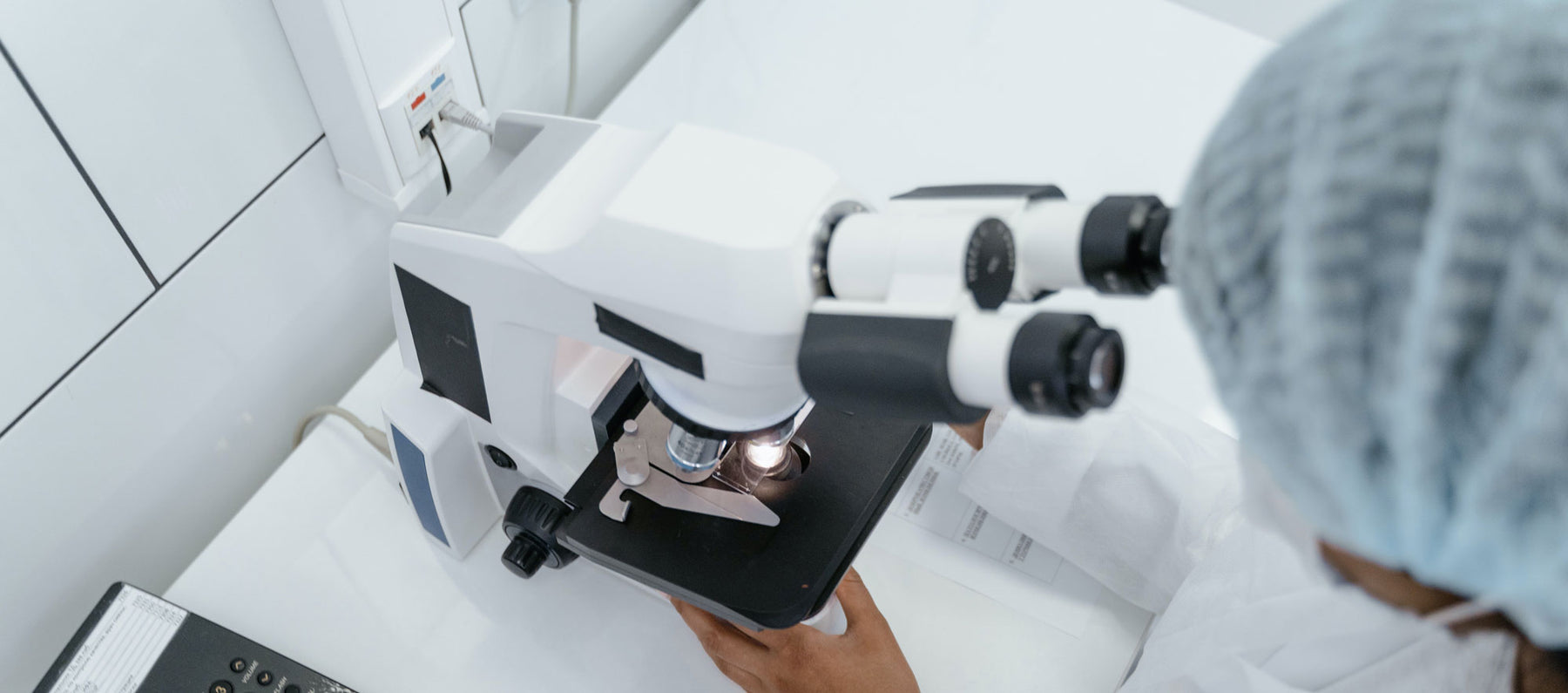
How to perform a faecal worm egg count with a microscope
Livestock and other animals are often afflicted with internal parasites. To get an idea of the size of the infestation and the type of organisms involved, a faecal worm egg count is often used.
It’s a practical and fairly accurate test used by vets and farmers to assess the health and worm burdens of a livestock population. From the results, they can determine whether any treatment is necessary.
If you’re interested in performing your own egg counts with a microscope, here’s a look at the general procedure.

What you’ll need
- A compound binocular microscope with 4x and 10x objectives and a mechanical stage
- Counting slides (for example, the McMaster Slide)
- Your samples

McMaster Slide for Faecal Worm Egg Counting
Procedure
- Mix and prepare your samples, filling the counting slide as instructed.
- Place your counting slide on the microscope stage, with the long ‘veranda-like’ section on the side away from you.
- Rotate the 4x objective lens into position above the slide.
- Look down the eyepiece and bring the air bubbles into focus. This will make it easier to distinguish between eggs and air bubbles (out of focus bubbles can resemble eggs).
- Starting from the left-hand column, begin counting eggs as you go down the first column and then up the next, alternating until all the columns in the counting chamber are counted. (The procedure may vary a little depending on your type of counting slide).
- Repeat the procedure for each counting chamber and record your results.
Once you’ve tallied your egg count, some quick calculations should reveal the number of eggs per gram (‘epg’) in the faeces, indicating whether any treatment is required.

Tips
- Microscope magnifications can be confusing at first. The thing to remember is that microscope eyepiece lenses have an inbuilt 10x magnification. This means the total magnification is found by multiplying the eyepiece magnification by the objective lens magnification. For example, using the 4x objective, you will be seeing 40x magnification (4x multiplied by 10x).
- When counting eggs that are right on the border between columns, take a consistent approach to avoid accidentally counting them twice.

- You don’t need a mechanical stage per se, but moving the slide while you count is much easier when you don’t have to move it with your fingers.
- If you’re going to be doing a lot of egg counts, consider buying a binocular microscope (two eyepieces). Binocular microscopes cost a little more than monocular microscopes, but they cause much less fatigue and eye strain during longer sessions.
- Be careful to avoid accidentally swinging any of the larger objective lenses into your counting slide, as you can easily damage your slide or scratch your lens.
- How to use and care for the McMaster test slide for faecal worm egg counting
